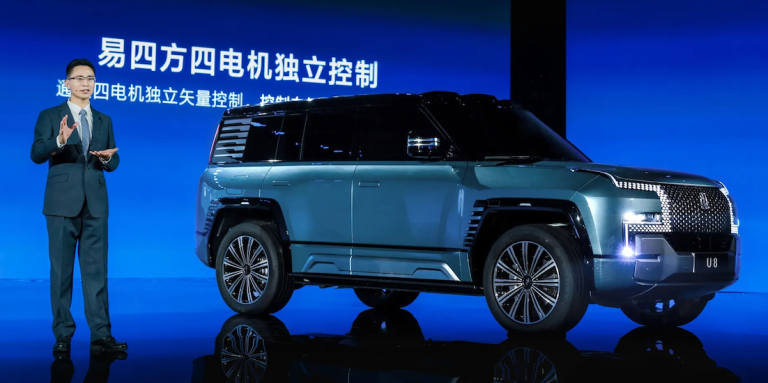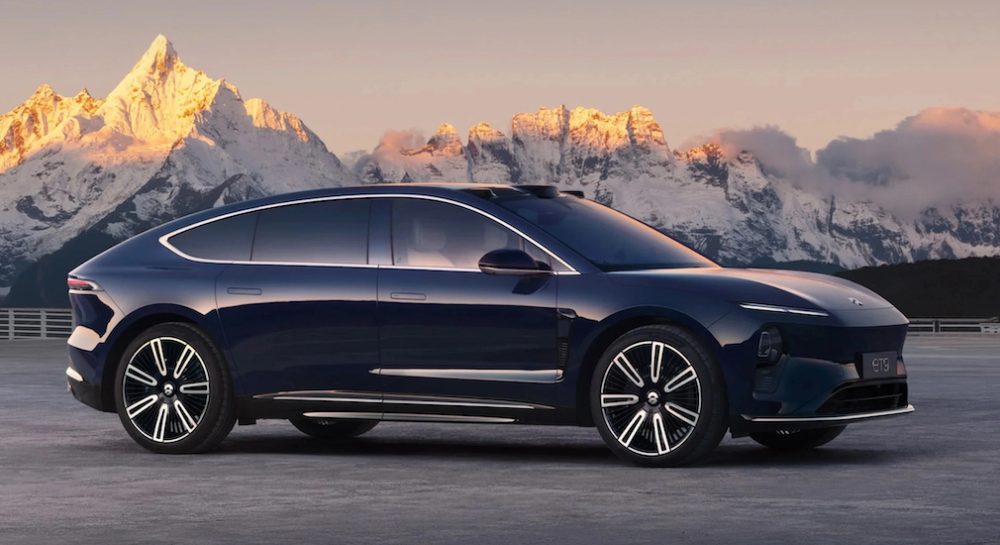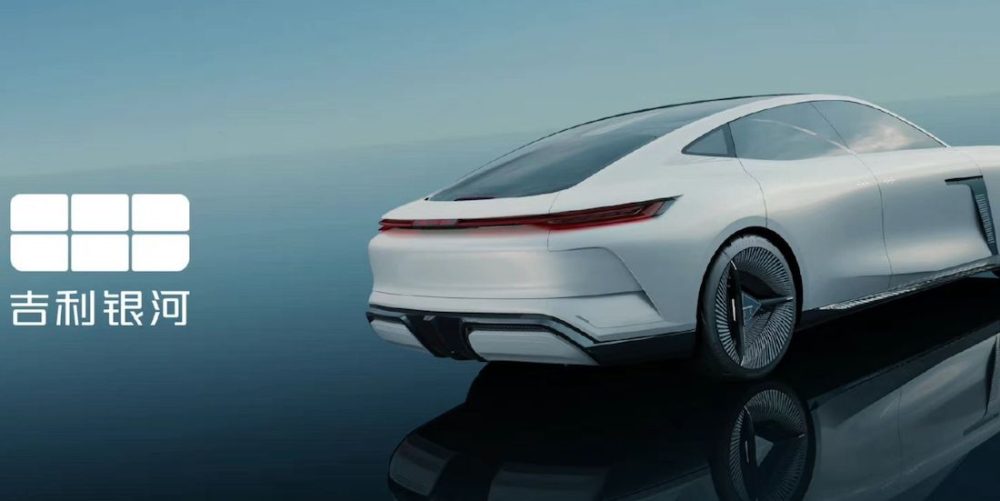
How BYD, NIO, and Geely Outpaced Legacy Automakers in Innovation, Market Share, and Global Expansion

New York, N.Y. – Just a decade ago, General Motors (GM), Volkswagen (VW), and Tesla dominated headlines as the titans of the automotive industry. Today, a seismic shift has occurred: China’s automakers—led by BYD, NIO, and Geely—have not only caught up but left their Western rivals scrambling to keep pace. Through aggressive electrification, cutting-edge technology, and state-backed industrial policy, these companies have rewritten the rules of the global auto market.
The Rise of China’s Electric Vehicle Dominance

China’s ascent in the automotive sector was no accident. Government mandates, subsidies, and infrastructure investments created a fertile ground for electric vehicles (E.V.s).
While Western automakers hesitated, Chinese firms doubled down.
BYD, backed by Warren Buffett’s Berkshire Hathaway, became the world’s largest E.V. maker by volume in 2023, dethroning Tesla.
Meanwhile, NIO and XPeng pioneered battery-swapping stations and autonomous driving, forcing global competitors to rethink their strategies.

Why Legacy Automakers Fell Behind
GM and VW, once industry leaders, struggled to pivot from internal combustion engines (I.C.E.) to E.V.s. Bureaucratic delays, union pressures, and reliance on outdated supply chains slowed their transition. Tesla, despite its early lead, faced production bottlenecks and stiff competition in China, its second-largest market. Meanwhile, Chinese firms leveraged local battery suppliers like CATL and vertically integrated manufacturing, slashing costs and speeding up development cycles.
Innovation Beyond Batteries

Chinese automakers didn’t just replicate Western models—they redefined them.
NIO’s luxury E.S.8 SUV offers AI-powered assistants and subscription-based battery leasing.
BYD’s Blade Battery set new safety standards, while Geely’s acquisition of Volvo and Lotus infused global expertise.
Additionally, smart cockpit technologies and vehicle-to-infrastructure (V2X) connectivity gave Chinese brands an edge in user experience, something legacy automakers underestimated.


The Global Expansion Challenge
Having conquered China, which accounts for 60% of global E.V. sales, Chinese automakers are now targeting Europe, Southeast Asia, and Latin America.
BYD’s Atto 3 and NIO’s ET5 are winning over European consumers with competitive pricing and advanced features. However, geopolitical tensions and tariffs pose risks.
The E.U. has launched probes into Chinese E.V. subsidies, while the U.S. restricts access via the Inflation Reduction Act.

What’s Next for the Auto Industry?
The question isn’t whether G.M., V.W., or Tesla can catch up—it’s whether they can adapt fast enough.
Chinese automakers are already moving into solid-state batteries and flying cars, sectors where Western firms lag.
For legacy automakers, survival may hinge on partnerships or localized production in China.
One thing is certain: the era of Western auto dominance is over.
Summary for Audio File
China’s auto giants—BYD, NIO, and Geely—have surpassed GM, Volkswagen, and Tesla through rapid electrification, innovation, and state support. Leveraging cutting-edge batteries, smart tech, and aggressive global expansion, they’ve redefined the industry. Legacy automakers, slowed by bureaucracy and outdated models, now face an existential challenge. The future of autos is being written in China.